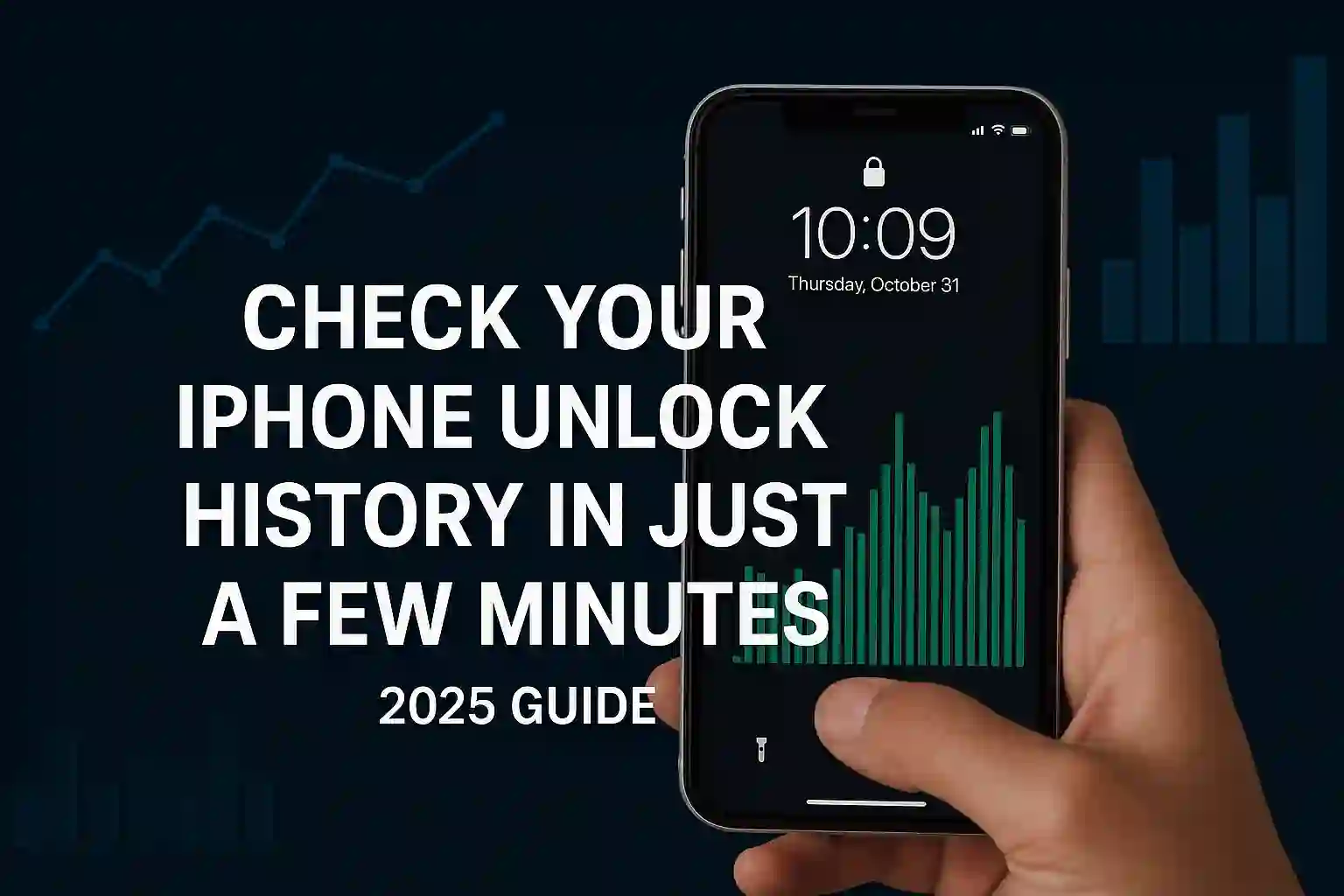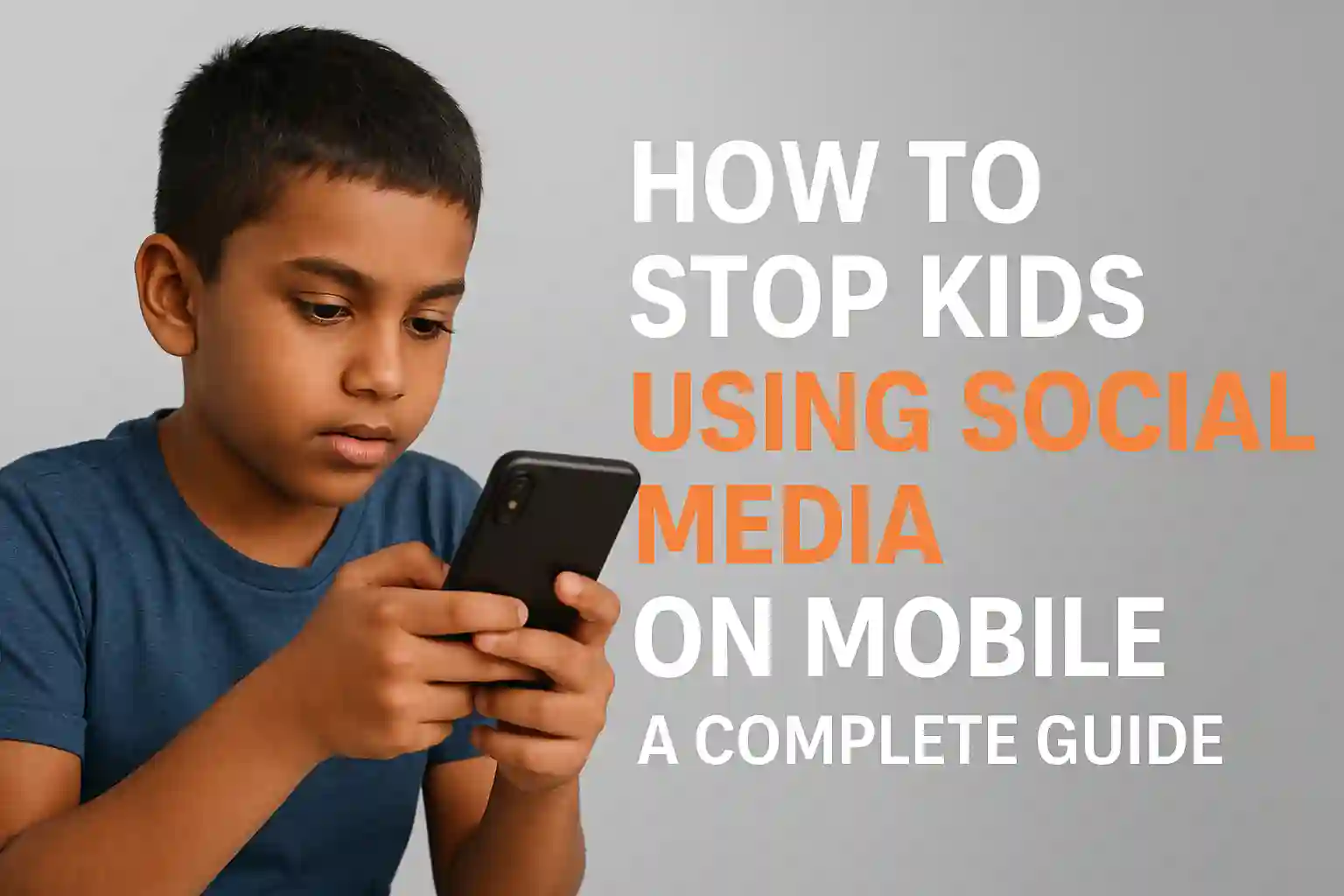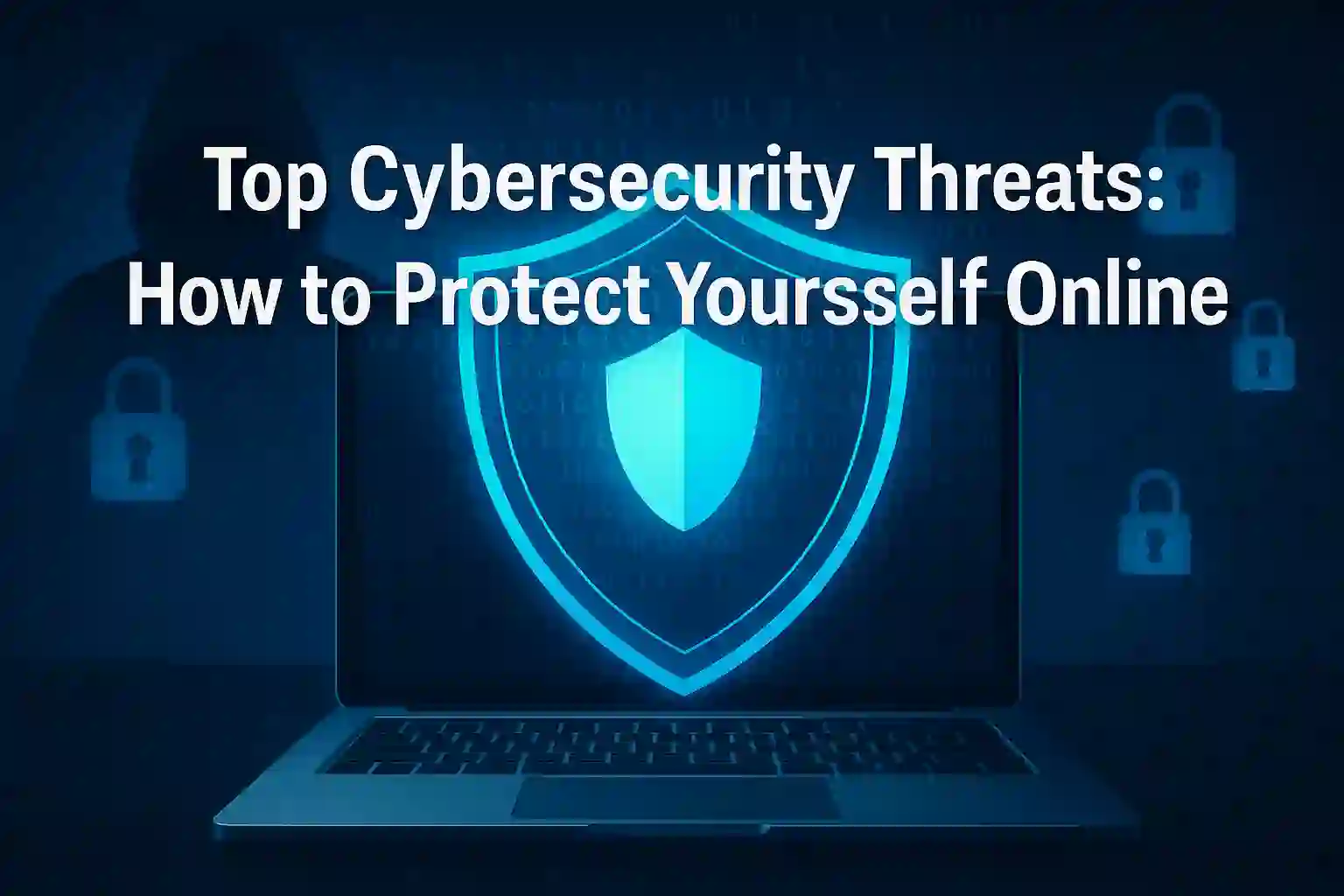Top 10 Cybersecurity Threats: How to Protect Yourself Online
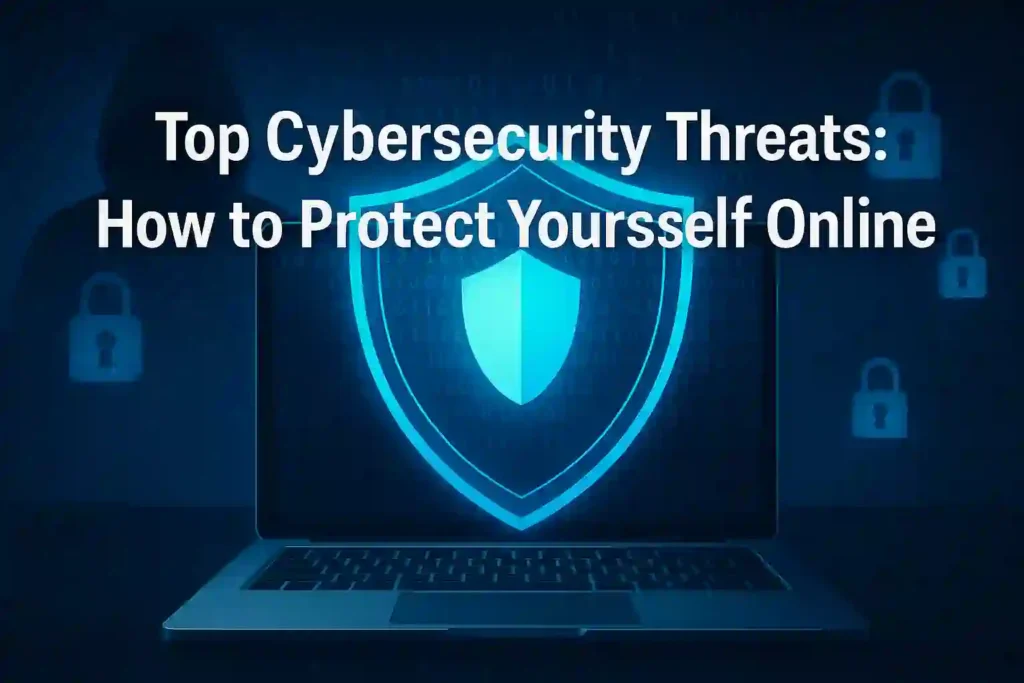
Table of Contents
ToggleIn today’s hyper-connected world, cybersecurity threats are growing rapidly, putting your personal data, privacy, and financial security at risk. From phishing emails and ransomware attacks to AI-driven cybercrimes, hackers are using advanced tactics to exploit online users. In this guide, we’ll explore the top cybersecurity threats of 2025 and share essential steps to protect yourself online, safeguard your data, and stay one step ahead of cybercriminals in the digital age.
Key Takeaways
- Understand the most significant cybersecurity threats in 2025
- Learn actionable strategies to protect your digital life
- Enhance your online security posture
- Stay informed about the latest cybersecurity trends
- Implement effective protection measures against cyber threats
The Evolving Landscape of Cybersecurity in 2025
As we enter 2025, the world of cybersecurity is getting more complex. New threats are popping up, making our digital security a big challenge. With more devices and data online, our attack surfaces have grown.
Why Cybersecurity Matters More Than Ever
Cybersecurity is now a big deal for everyone, not just big companies. Security breaches can cause huge financial losses and harm our personal data. A single breach can lead to significant financial losses, damage to reputation, and compromised personal data. As we use more digital tech, we become more vulnerable to cyber threats.
“Cybersecurity is no longer just about technology; it’s about people and processes.”
This change shows how important a full cybersecurity plan is. It needs education, awareness, and strong security steps.
How Threats Have Evolved in Recent Years
The threat scene has changed a lot, from simple viruses to complex attacks using AI and machine learning. Attackers now go after specific targets, and cybercrime is easier to get into. This change means we all need to be proactive about security.
Dealing with today’s complex threats requires a smarter approach to cybersecurity. We need the latest tech and best practices to keep up with new threats.
How to Protect Your Phone from Hackers: Top Security Tips
Top 10 Cybersecurity Threats in 2025 and How to Protect Yourself Online
Cybersecurity in 2025 is about being proactive against new threats. As technology grows, so do cybercriminals’ tactics. It’s key to know the top threats and how to fight them.
Cyber Threat Landscape in 2025
The threat landscape is filled with diverse, sophisticated attacks. Data breaches are common, costing $4.45 million on average in 2025. Healthcare, finance, and tech are most at risk. Here are some breach statistics by sector.
| Industry | Average Breach Cost (2025) | Breach Frequency |
|---|---|---|
| Healthcare | $6.5 million | High |
| Finance | $5.9 million | Very High |
| Technology | $4.8 million | High |
Proactive Cybersecurity Measures
A proactive security approach is vital today. It means using defense-in-depth strategies with many security layers. Regular audits, educating employees, and keeping up with security patches are key to strong cybersecurity.
1. Advanced Phishing Attacks
In 2025, we face a big threat in the digital world: advanced phishing attacks. These scams are not just simple email tricks anymore. They use smart social tricks, AI, and know your personal info to fool you.
Understanding Advanced Phishing Techniques
These attacks use spear phishing, whaling, and smishing. Spear phishing targets specific people with custom messages. Whaling goes after big shots like CEOs. Smishing uses texts to get you to share secrets.
How to Identify Sophisticated Phishing Attempts
Spotting these scams needs a sharp eye. Here’s what to look for:
Email Security Checklist
- Check sender emails for tiny mistakes
- Look for generic greetings, not personal ones
- Stay away from messages that seem urgent or scary
Red Flags in Messages and Links
- Mouse over links to see where they go
- Be careful of messages with bad spelling and grammar
- Don’t open attachments from unknown senders
Here’s a table showing common phishing tricks and how to spot them:
| Phishing Type | Target | Common Tactics |
|---|---|---|
| Spear Phishing | Specific individuals or groups | Personalized messages, references to shared interests |
| Whaling | High-profile targets (e.g., executives) | Urgency, requests for sensitive information |
| Smishing | Mobile users | Text messages with links or requests for info |
Step-by-Step Protection Against Phishing
To fight these threats, use a strong defense plan. This includes tech tools like email filters and authentications. Also, always double-check info requests through other ways. This mix helps keep you safe from phishing.
2. Ransomware Evolution
In 2025, ransomware is a big threat to both people and companies. It has gotten smarter, making it harder to stop and fix.
The New Face of Ransomware in 2025
Ransomware in 2025 is more targeted and automated. Attackers use double and triple extortion tactics. They encrypt data and threaten to leak information or launch DDoS attacks. This means we need stronger defenses.
Industries and Individuals Most at Risk
Some groups are more likely to get hit by ransomware. Healthcare, education, and small businesses are often targeted because they might not have strong security. Also, rich people are seen as good targets.
Ransomware Prevention Steps
To stop ransomware, we need a plan that includes both tech and policies. It’s important to have good backup plans and recovery strategies.
Backup Strategies That Work
Good backup plans include keeping backups separate from the internet and testing them often. This way, we can get our data back even if ransomware hits hard.
Recovery Planning Essentials
Having a plan for ransomware attacks is key. This plan should tell us when to pay a ransom and how to quickly get back to normal.
| Ransomware Prevention Strategy | Description | Benefits |
|---|---|---|
| Regular Backups | Maintain frequent backups of critical data | Ensures data recovery in case of an attack |
| Employee Education | Train employees on ransomware risks and prevention | Reduces the likelihood of successful phishing attacks |
| Software Updates | Keep all software and systems up-to-date | Protects against known vulnerabilities |
Top 10 Cybersecurity Threats to Watch in 2025.
3. IoT Vulnerabilities
IoT devices are everywhere now, but they also bring new security risks. The Internet of Things has made our lives easier and more connected. Yet, it has also given hackers more ways to attack us.
Security Risks in Connected Devices
IoT devices often have weak security because of bad default settings and lack of encryption. Many devices come with easy-to-find default usernames and passwords. Changing these is a key step to keep your devices safe.
Securing Your Smart Home Ecosystem
To keep your smart home safe, you need a strong security plan. This means setting up your router right, keeping devices updated, and using good security practices for all connected devices.
Router Security Configuration
Your router is your home network’s first defense. Make sure to update its firmware often, use strong passwords, and keep IoT devices on a separate network. This helps keep your main network safe from IoT threats.
Device Update Management
Keeping IoT devices updated can be hard because of different update methods. Always check for and apply updates to protect against security holes. Using automatic updates can make this easier.
Best Practices for IoT Device Management
Good IoT management means keeping track of devices, watching your network, setting privacy options, and planning for when devices stop getting updates. Here are some key practices:
| Best Practice | Description | Benefit |
|---|---|---|
| Device Inventory | Keep a record of all IoT devices connected to your network. | Helps in identifying and managing possible security risks. |
| Network Monitoring | Regularly check your network for odd activity. | Can spot security breaches early. |
| Privacy Controls | Adjust privacy settings on IoT devices to limit data sharing. | Less chance of personal data leaks. |
| End-of-Life Planning | Plan to replace devices that stop getting security updates. | Keeps your IoT system secure. |
4. AI-Powered Cyber Attacks
AI-powered cyber attacks are becoming a big problem in the world of cybersecurity. They are changing how we defend ourselves online. Attackers use artificial intelligence and machine learning to make their attacks more complex and sophisticated.
How Artificial Intelligence Is Changing Cyber Threats
Artificial intelligence is changing cyber threats in many ways. It lets attackers automate tasks like scanning for vulnerabilities and picking targets. They can even create fake emails that look very real. This makes their attacks faster and more widespread than ever before.
- Automated vulnerability discovery
- Intelligent password cracking
- Behavior-based evasion techniques
- Hyper-personalized social engineering
Recognizing AI-Generated Attacks
Spotting AI-generated attacks takes a sharp eye. Look for patterns that don’t seem natural, timing that’s off, and emails that seem too good to be true. Knowing these signs can help catch threats early.
Defending Against AI-Driven Threats
To fight AI-powered threats, we need a strong defense. This includes using AI-based security tools and teaching users about the dangers. It’s a mix of technology and awareness.
Using AI for Personal Protection
People can use AI to protect themselves too. Tools like smart antivirus, behavioral analytics, and automated updates can boost personal security. They help keep your devices safe from threats.
Human Oversight in Security Decisions
Even with AI’s help, humans are key in security. We need to think critically about AI alerts. This way, we avoid false alarms and make sure we’re not too reliant on technology. It’s about finding the right balance.
| AI Threat Type | Characteristics | Defense Strategies |
|---|---|---|
| Automated Phishing | High volume, personalized emails | AI-based email filtering, user education |
| AI-driven Malware | Evasion techniques, rapid mutation | Behavioral analytics, frequent updates |
What is Cloud Storage? Benefits, Security, and the Best Solutions
5. Cloud Security Challenges
As we rely more on cloud services, knowing about cloud security challenges is key. Cloud security is a team effort between the cloud provider and the user. But, many users don’t know their part in keeping data safe.
Vulnerabilities in Cloud Environments
Cloud security issues include misconfigured access, insecure APIs, weak encryption, and poor authentication. For example, a study showed that 68% of organizations have faced a cloud data breach because of misconfigured cloud storage.
Securing Data in the Cloud
To keep data safe in the cloud, a clear security plan is needed. This means picking a cloud provider with strong security and compliance.
Key Factors in Cloud Service Provider Selection
When picking a cloud provider, look at their security features, compliance certifications, and how open they are about their security. Choose providers with advanced threat detection and strong encryption.
Protecting Data through Encryption and Access Management
Encryption and access management are vital for cloud security. Use strong encryption for data in transit and at rest. Also, use principle-of-least-privilege access controls to limit who can see sensitive data.
Best Practices for Cloud Security
To keep cloud security strong, use multi-factor authentication, do regular security checks, sort data by how sensitive it is, and have backup plans for cloud risks. By doing these things, users can lower their risk in cloud environments.
As a cybersecurity expert said, “
Cloud security is not just about the technology; it’s about understanding the shared responsibility model and taking proactive steps to secure your data.
“
6. Social Engineering Beyond Phishing
Understanding social engineering attacks is key in today’s cybersecurity world. These attacks go beyond simple phishing. They use our trust, curiosity, fear, and helpfulness to get past security controls.
Modern Social Engineering Tactics
Social engineering has grown to include many tactics. These include pretexting, baiting, quid pro quo attacks, tailgating, and watering hole attacks. Each tactic aims to trick people into giving up sensitive information.
Recognizing Manipulation Attempts
To fight social engineering, we must spot manipulation signs. Attackers use emotions, urgency, and lies to trick us. Knowing these tactics helps us avoid falling into their traps.
Phone and Voice Scam Prevention
Vishing, or voice phishing, is a big threat. Always check who’s calling before giving out personal info. Be wary of calls asking for money or login details.
Social Media Security Measures
Social media is a playground for social engineers. Keep your privacy settings tight. Check who you connect with and what you share online.
Building Personal Resistance to Social Engineering
Building a security mindset is vital. Set up checks for requests, make personal security rules, and stay skeptical but not paranoid. Knowing social engineers’ tricks and being proactive can boost your defenses.
| Social Engineering Tactic | Description | Prevention Method |
|---|---|---|
| Pretexting | Creating a fabricated scenario to gain trust | Verify the authenticity of the request |
| Baiting | Leaving malware-infected devices or storage media | Avoid using unknown devices or storage media |
| Quid Pro Quo | Offering services in exchange for sensitive information | Be cautious of unsolicited offers |
Free vs. Paid Antivirus Software: Which Offers the Best Security for Your Device?
7. Mobile Device Threats
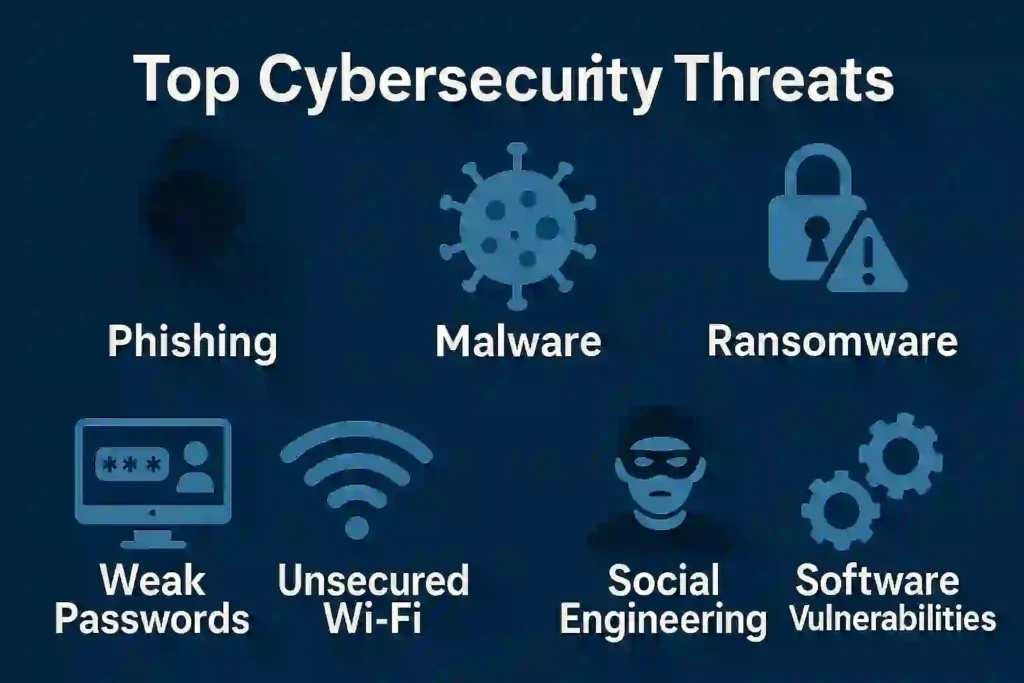
Mobile devices are now a big part of our lives. They hold our personal and work data. So, they need strong security to fight off threats.
Emerging Threats to Smartphones and Tablets
Mobile devices face many threats. These include mobile malware that’s hard to find, attacks on their operating systems, and network threats. Also, thieves can steal devices, giving them access to our data.
Mobile Application Security
Apps on mobile devices can be a security risk. Some apps might look real but are actually harmful. Others might ask for too many permissions, putting our data at risk. Keeping apps safe is very important.
App Store Safety Guidelines
To stay safe, follow app store safety guidelines. Check who made the app and read what other users say. Also, make sure the app’s permissions match what it does.
Permission Management
It’s important to manage app permissions well. Be careful when you first install an app. Also, check your permissions often and remove any you don’t need.
Essential Mobile Security Steps
To keep your mobile device safe, follow some key steps. Turn on device encryption to protect your data. Use biometric authentication for secure access. And, use network security with VPNs when using public Wi-Fi.
Also, keep your software up to date. Have a secure backup plan. And, make sure you can remotely wipe your device if it’s lost or stolen.
8. Supply Chain Attacks
Our use of digital systems is growing, making supply chain attacks a big threat. These attacks target weak points in a product’s delivery chain. They aim to harm end users by exploiting trust between vendors and customers.
Understanding Supply Chain Vulnerabilities
Supply chain weaknesses can happen at many stages. This includes software development, hardware making, and service networks. A problem at any stage can weaken the security of the final product. For example, a flaw in a shared software library can be a big risk.
Vulnerabilities in the supply chain fall into three main types:
- Software development: Poor coding, old libraries, or tainted build tools.
- Hardware manufacturing: Fake parts, tainted firmware, or unsafe designs.
- Service delivery networks: Weak third-party services, insecure data transfers, or compromised staff.
How Supply Chain Attacks Affect Consumers
Supply chain attacks can harm consumers a lot, even if they’re careful. They can lead to infected devices, data breaches, and financial scams. For instance, a tainted software package can spread infections across many companies.
The effects on consumers can be huge, including:
- Data theft and identity theft.
- Financial losses from scams or ransomware.
- Disruptions to essential services.
Mitigating Supply Chain Risks
To lower supply chain risks, a detailed plan is needed. This includes using different suppliers, making security-focused buys, and keeping products secure after purchase. Knowing the risks and acting early can help protect consumers from these attacks.
Vendor Assessment Techniques
Checking a vendor’s security is key. Look at their security history, how open they are about their practices, and how they handle incidents. Choose vendors that update security regularly, have a clear policy on vulnerabilities, and show they care about security.
Software Verification Methods
It’s vital to check if software is genuine to avoid attacks. Use digital signatures, hash checks, and watch for odd behavior after installing. These steps can greatly lower the chance of using compromised software.
How to Stay Safe While Playing Online Video Games: Protect Your Privacy and Security
9. Credential Theft and Account Takeovers
Credential theft and account takeovers are big problems in the world of cybersecurity. These attacks happen when someone gets your login details without permission. They then use this info to get into places they shouldn’t be.
The Growing Problem of Credential Theft
Credential theft is getting worse, with hackers finding new ways to get your login info. In the last year, credential stuffing attacks have jumped by 300%. They use things like database breaches and social engineering to get what they want.
These attacks can lead to stolen data, financial loss, and more. With “over 100 online accounts per person”, the risk is huge for both individuals and companies.
Signs Your Accounts May Be Compromised
It’s important to know if your accounts have been hacked. Look out for things like strange account activity, unexpected password resets, and unknown devices logging in. Also, watch for any odd notifications.
- Unusual login locations or devices
- Unexplained transactions or changes to account settings
- Receipt of password reset emails you didn’t request
- Notifications about account activity you’re not aware of
Advanced Authentication and Protection Methods
To fight off credential theft and account takeovers, you need more than just passwords. A good defense has many layers of security.
Password Manager Implementation
Using a password manager can make your accounts much safer. Look for one that’s well-encrypted, can generate strong passwords, and is easy to use. Here’s how to get started:
- Choose a reputable password manager
- Create a strong master password
- Enable two-factor authentication for the password manager
- Slowly add your current passwords to the manager
Multi-Factor Authentication Setup Guide
Multi-factor authentication (MFA) adds an extra layer of security. To set it up:
- Choose an authentication method (e.g., SMS, authenticator app, or hardware token)
- Enable MFA on your accounts, starting with the most sensitive ones
- Store backup codes securely in case you lose access to your primary MFA method
- Regularly review and update your MFA settings
By using these advanced methods, you can lower the risk of your accounts being hacked. As the cybersecurity world keeps changing, it’s important to stay ahead and protect yourself.
10. Deepfakes and Disinformation Campaigns

The digital world is facing a new challenge with deepfakes. These are advanced digital deceptions made possible by AI. They make it hard to know what’s real and what’s not, affecting trust online.
The Rise of Convincing Digital Deception
Deepfakes, a type of synthetic media, are getting better at fooling us. AI-generated videos and audio recordings can look and sound real. This is worrying because they could be used to spread false information.
Identifying Deepfakes and Misinformation
To fight deepfakes, we need to learn how to spot them. We should look for signs that something is not quite right. This could be things like odd lighting or audio that doesn’t match.
Visual and Audio Verification Techniques
Here are some ways to check if media is real:
- Check the metadata for any oddities.
- Look for things like wrong lighting or shadows.
- Use tools made to find fake content.
Source Credibility Assessment
It’s also important to trust the sources of information:
- Read information from different places to see if it matches.
- Check if the source is known for being reliable.
- Compare information to make sure it’s true.
Protecting Your Digital Identity and Reputation
To keep safe from deepfakes, do these things:
- Keep an eye on what’s online about you.
- Use ways to prove who you are.
- Have plans ready for when someone pretends to be you.
As deepfakes get better, critical media literacy is key. Being careful with what you see online helps keep your identity safe.
Essential Cybersecurity Tools for 2025
In 2025, we face a complex digital world. We need the right tools to protect ourselves. Cyber threats change fast, so we must use many types of software, hardware, and privacy tools.
Must-Have Security Software
In 2025, the right security software is key. This includes:
- Next-generation antivirus with behavioral detection
- Comprehensive internet security suites against threats
- Dedicated anti-ransomware tools to fight data encryption attacks
- Secure browsers with protections against phishing and malware
For example, Norton 360 and Bitdefender Total Security offer great protection. Make sure the software works with your system and meets your security needs.
Hardware Security Solutions
Hardware security adds an extra layer of protection. Key tools include:
| Hardware Security Tool | Description | Use Case |
|---|---|---|
| Hardware Security Keys | Physical devices for authentication | Secure login to sensitive accounts |
| Secure Routers | Routers with advanced protection | Protecting home networks from intrusion |
| Encrypted Storage Devices | Storage devices with built-in encryption | Secure storage of sensitive data |
| Webcam Covers and Microphone Blockers | Physical devices to prevent surveillance | Protecting privacy from hacking |
These tools are vital for security, for both individuals and organizations with sensitive info.
Privacy-Enhancing Tools
Privacy tools are essential in 2025. Key tools include:
- VPN services to encrypt internet traffic
- Secure messaging apps with end-to-end encryption
- Privacy-focused email providers that collect less data
- Browser extensions that block trackers and fingerprinting
For example, using ExpressVPN and Signal can boost your online privacy. Always check and update your privacy settings on different platforms.
In conclusion, a strong cybersecurity posture in 2025 needs the right software, hardware, and privacy tools. By using these tools, we can greatly improve our digital safety.
Creating Your Personal Cybersecurity Plan
In today’s world, protecting your online identity is key. A personal cybersecurity plan is a smart move. It helps you understand your digital risks, set up strong security, and keep it up to date.
Assessing Your Digital Vulnerability
First, figure out what’s most important online to you. This could be your money or personal info. Look at where you share this info, like online banks or social media.
Think about your job and how visible you are online. This helps you see where you might be at risk.
Implementing Layered Security
Next, set up a layered security system. This means having different levels of protection for different types of data. Make sure each device has its own security rules.
Plan for what to do if something goes wrong. This way, you’re ready for any security issue that comes up.
Regular Security Maintenance Routines
Keeping your security up to date is vital. Check your online accounts and permissions often. Make sure your devices and software are always updated.
Back up your data regularly. Also, keep learning about new security threats. This helps you stay ahead of hackers.
Conclusion
Exploring the top 10 cybersecurity threats of 2025 shows we need to act now. Knowing these threats helps us create strong online safety plans. Using best practices like strong passwords and updates is key to staying safe.
A good online protection guide covers many areas. This includes using multiple security layers, backing up data, and being cautious with requests. These steps help lower the risk of cyber attacks. Start with small steps and focus on the biggest risks first.
Everyone can improve their cybersecurity, not just experts. By keeping up with new threats, we can feel safer online. This proactive mindset is essential for strong cybersecurity in 2025 and beyond.
FAQ
What are the top cybersecurity threats in 2025?
In 2025, watch out for advanced phishing attacks and ransomware. Also, be aware of IoT vulnerabilities and AI-powered cyber attacks. Cloud security challenges and social engineering tactics are also big concerns. Mobile device threats, supply chain attacks, and credential theft are other risks. Don’t forget about deepfakes and disinformation campaigns.
How can I protect myself against advanced phishing attacks?
To fight advanced phishing attacks, be careful with emails from unknown senders. Always check if requests for sensitive info are real. Use security software with anti-phishing features.Keep your security software and operating system updated. Learn about the latest phishing tricks to stay safe.
What are the best practices for securing IoT devices?
To secure IoT devices, change default passwords and update firmware regularly. Keep IoT devices on a separate network. Use strong authentication.Check your IoT devices’ security settings often. Be careful when giving apps access to these devices.
How can I defend against AI-powered cyber attacks?
To defend against AI attacks, use AI security tools and strong authentication. Stay updated on AI threats. Update your security often and learn about AI in cyber attacks.
What are the key steps to securing my data in the cloud?
To secure cloud data, choose a trusted cloud service provider. Use strong encryption for data. Implement multi-factor authentication.Regularly check access controls and permissions. Understand the cloud security shared responsibility model and meet your obligations.
How can I identify and protect myself against deepfakes and disinformation campaigns?
Be wary of media that seems too good (or bad) to be true. Verify info through reputable sources. Use tools to detect synthetic content.Stay informed about deepfake and disinformation tactics. This will help you protect yourself.
What essential cybersecurity tools should I consider for 2025?
For 2025, consider next-generation antivirus software and internet security suites. Also, think about hardware security keys, secure routers, and encrypted storage. Don’t forget about VPNs and secure messaging apps.Choose tools from trusted providers and keep them updated.
How do I create a personal cybersecurity plan?
Start by assessing your digital vulnerability. Identify your most valuable digital assets. Then, implement security measures tailored to your risk level.Regularly review and update your plan to stay safe against new threats.
What are the most important cybersecurity practices to implement immediately?
Start by using strong, unique passwords and enabling multi-factor authentication. Keep your software and operating systems updated. Be cautious with emails from unknown senders.Regularly back up your data and use reputable security software.
How often should I update my cybersecurity measures?
Update your cybersecurity measures as soon as updates are available. This will help protect against the latest threats. Regularly review and update your security practices to stay ahead.

